(490) Shakuyaku in Tsukuba Peony Garden
文字数 3,095文字
I previously introduced the Tsukuba Peony Garden, which is famous for its peonies and shakuyaku (which refers to Chinese peony, paeonia lactiflora) (see chapter 139). We revisited it for the first time in a while in early May.
May is Syakuyaku season.
The only peonies blooming in May are green “Marimo”, yellow “Yellow Crown”, and orange “Tribute”. Therefore, I chose the title “Shakuyaku in Tsukuba Peony Garden ''. To see peonies, you need to come here in April.
Tribute is a variety that was brought back to life in Tsukuba Peony Garden about 20 years ago when it was on the verge of withering in the garden of the late Dr. Hashida, former president of the Japan Peony Association, and is said to be original to Tsukuba Peony Garden.
In this garden, there are several trees with an unusual name, “Nanjamonja''. In addition to "Nanjamonja", the tree has another name "Hitotsubatago" (Ichiyo Tago, Chinese fringetree, Chionanthus retusus Lindl. et Paxton).
When Dad looked into it, he found that “Nanjamonja” often refers to “Hitotsubatago”. Yet, according to Wikipedia, Nanjamonja isn’t the species name of a specific plant, but could be a nickname given by local people to an unfamiliar, splendid plant, strange tree, or rare tree that grows in a specific place. Wikipedia also says that Nanjamonja may refer to Japanese elm, Inu-zakura (Prunus buergeriana), or linden (Tilia miqueliana). Nanjamonja also has a nickname, “Anyamonya”.
There is also a theory that Mito Komon (common name of Mito Mitsukuni, the second lord of the Mito domain), who was passing by the sacred tree, asked, “What is this tree?'' (Kono ki ha nanja?). The locals didn’t know its name, ans were at a loss for an answer, so they replied, “Nanjamonja (which means I wonder what it is).'' Consequently, a theory spread that the name of the tree was Nanjamonja (´艸`).
Wow, it's a funny story, isn’t it?
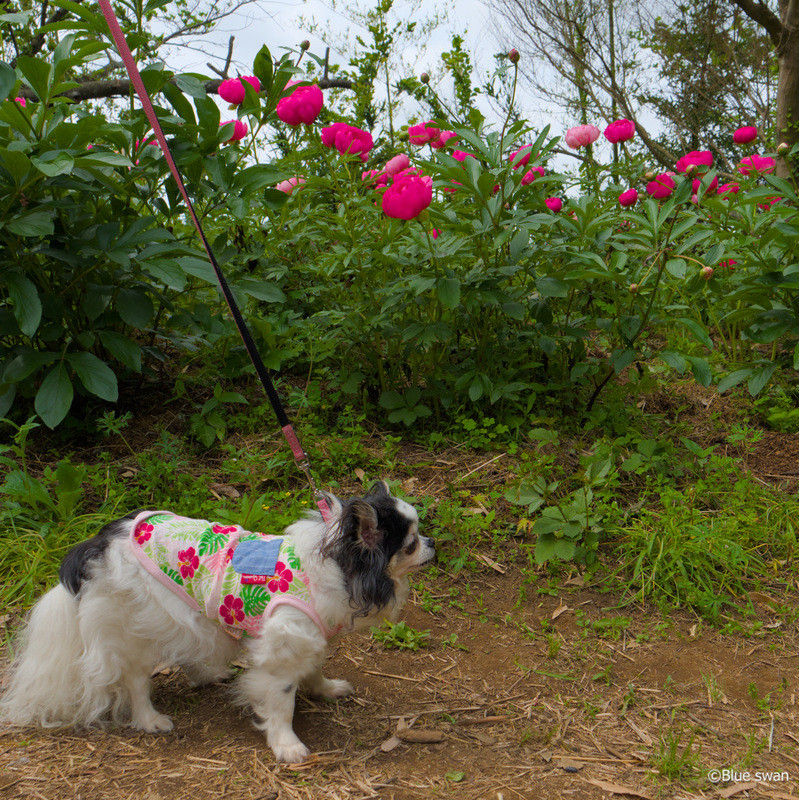
① We’ve arrived at Tsukuba Peony Garden.
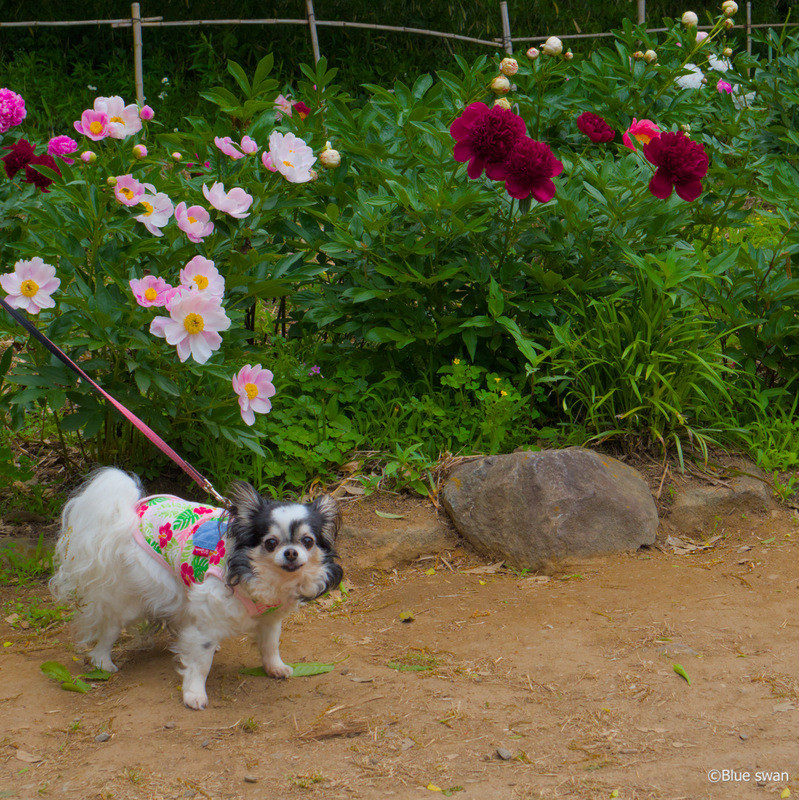
② These are
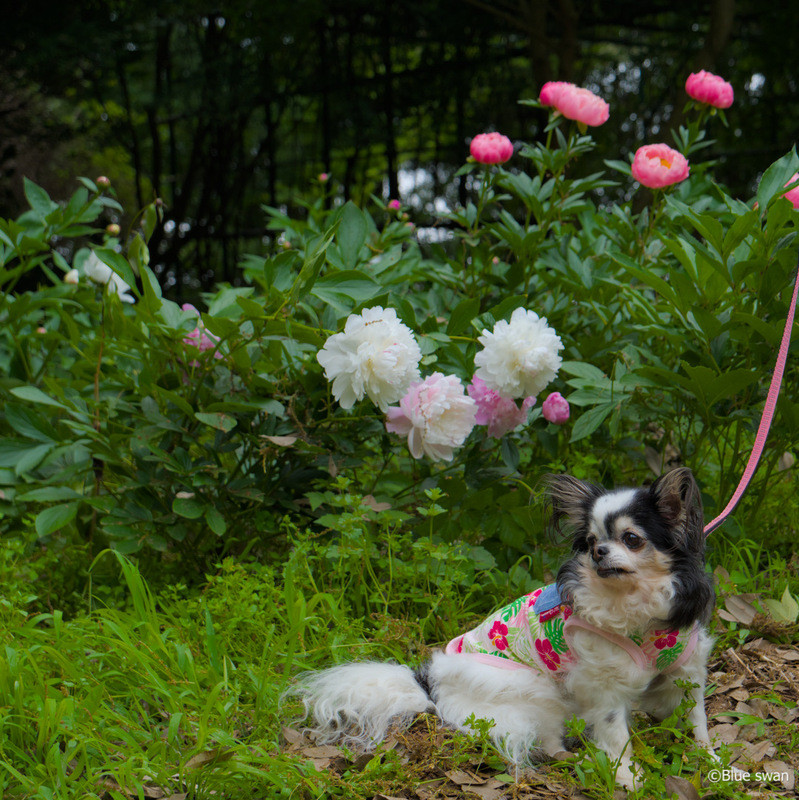
③ These are
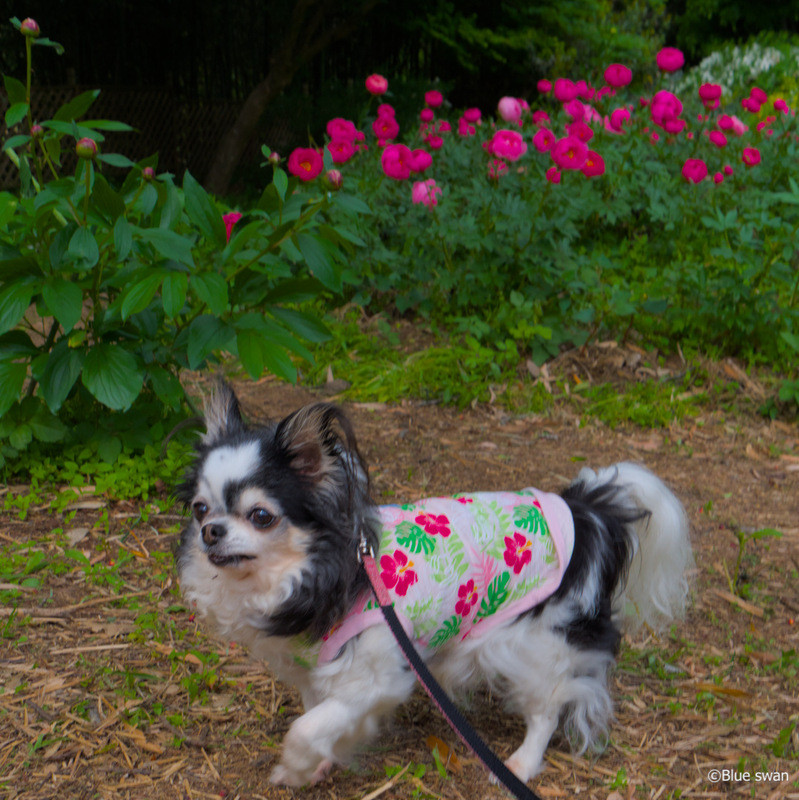
④ We’ll proceed towards the pond.
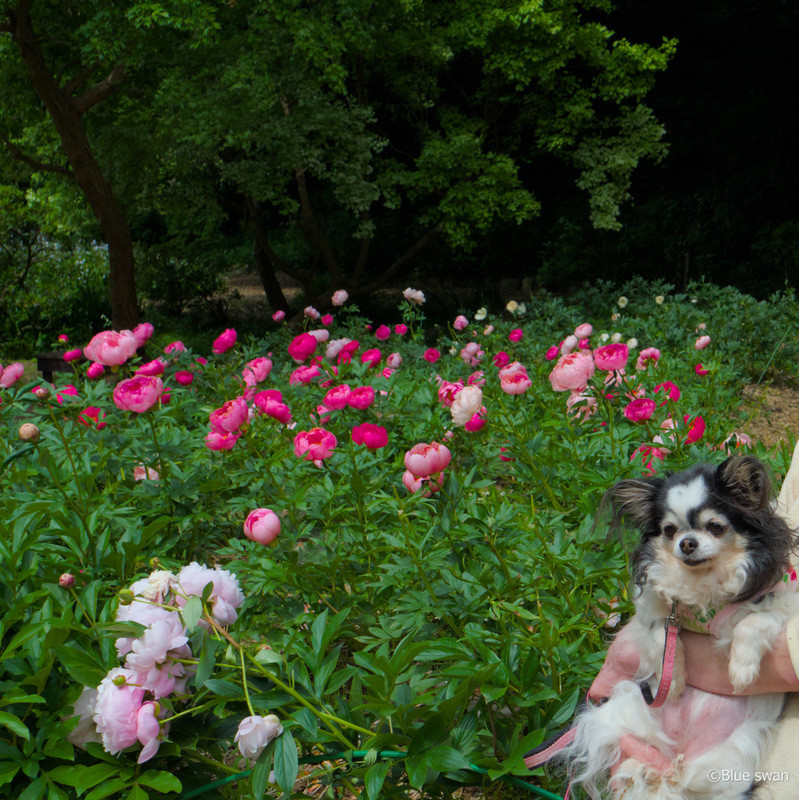
⑤ These are shakuyaku without name tags, so I don't know their names.

⑥ Several rafts filled with peonies are floating on the pond.
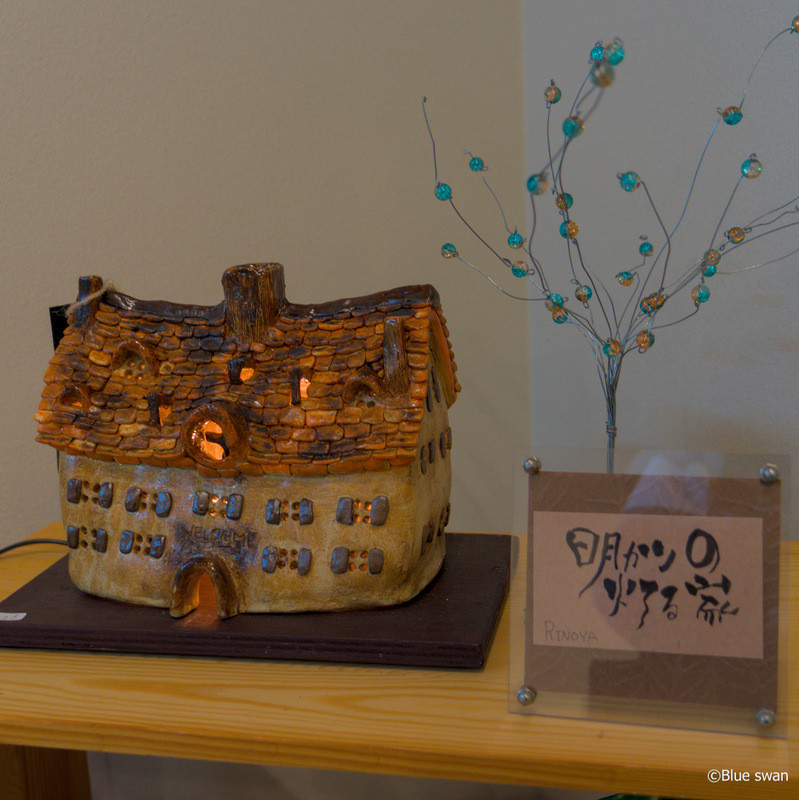
⑦ A ceramic house is on display.

⑧ This tree is called
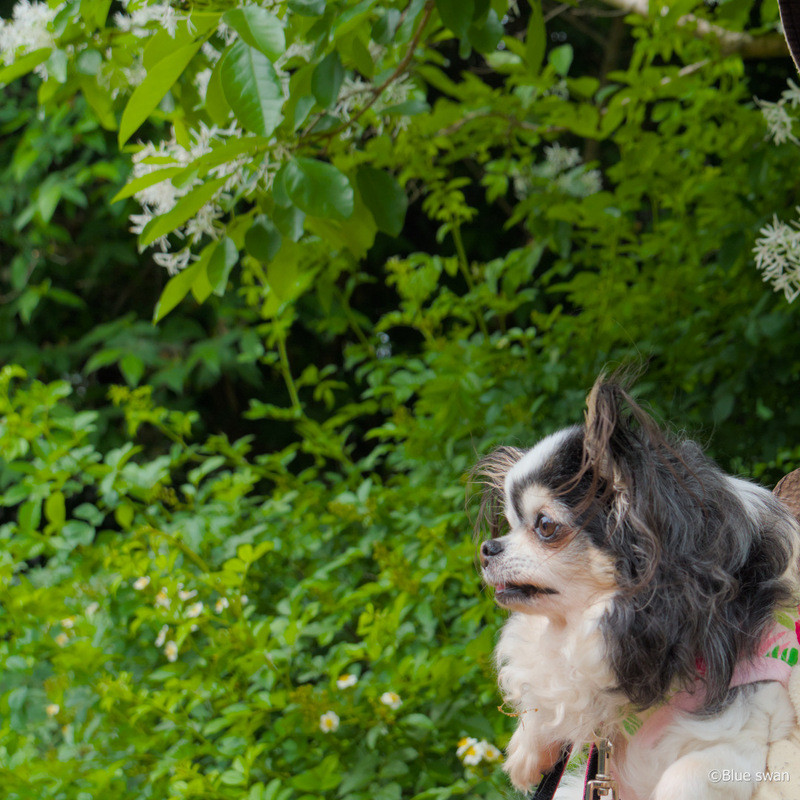
⑨ This tree is

⑩ This tree has a name tag that says
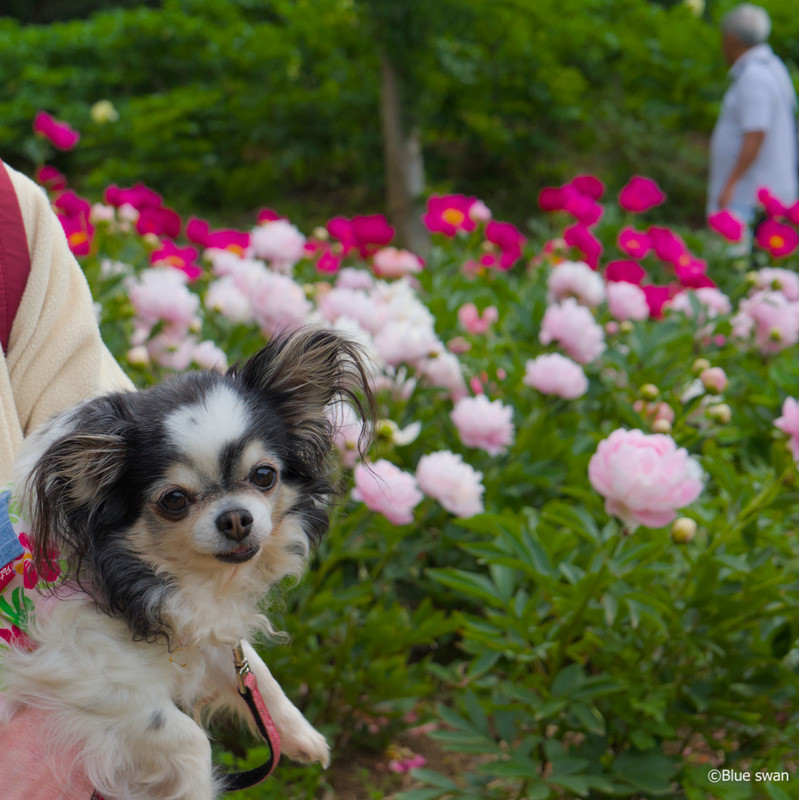
⑪ These are
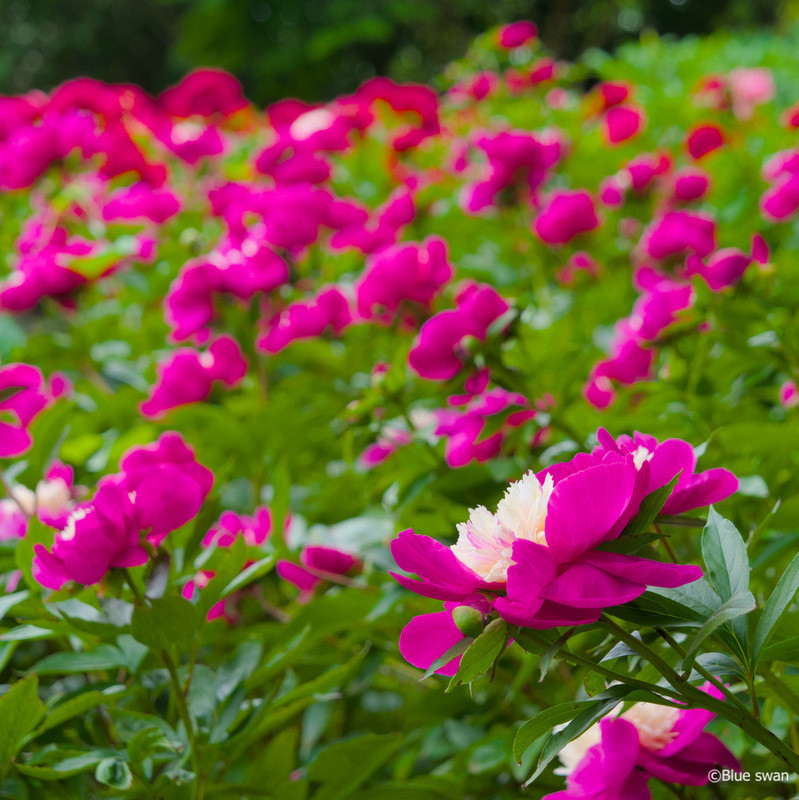
⑫ These are
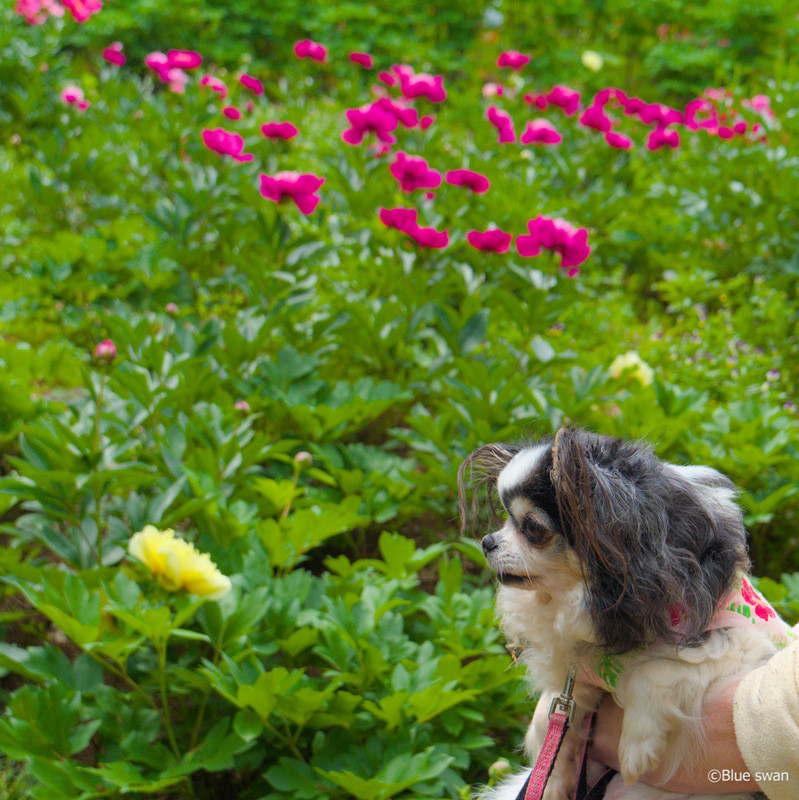
⑬ These are
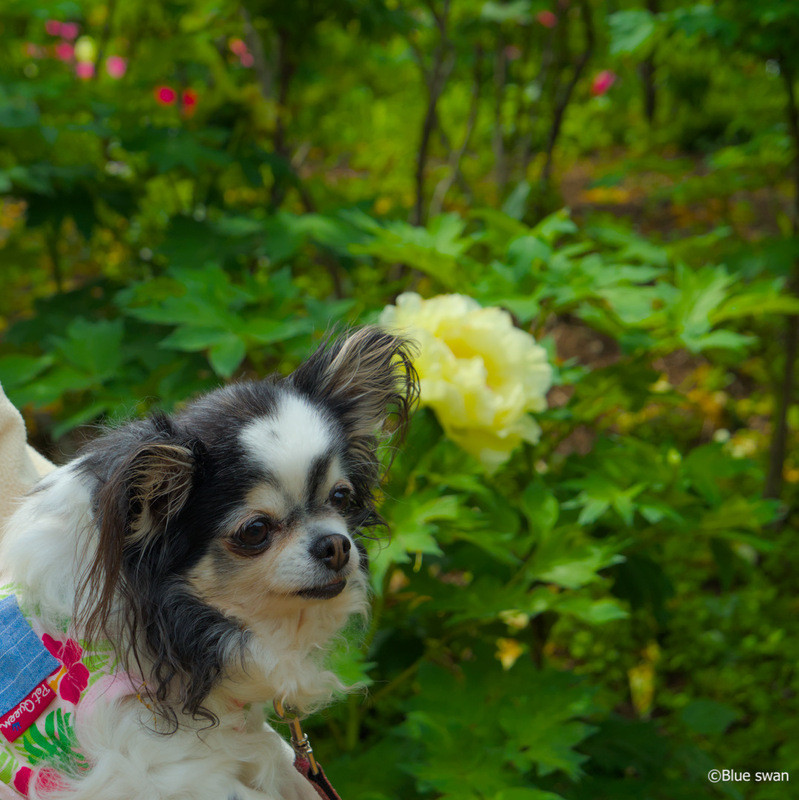
⑭ These are
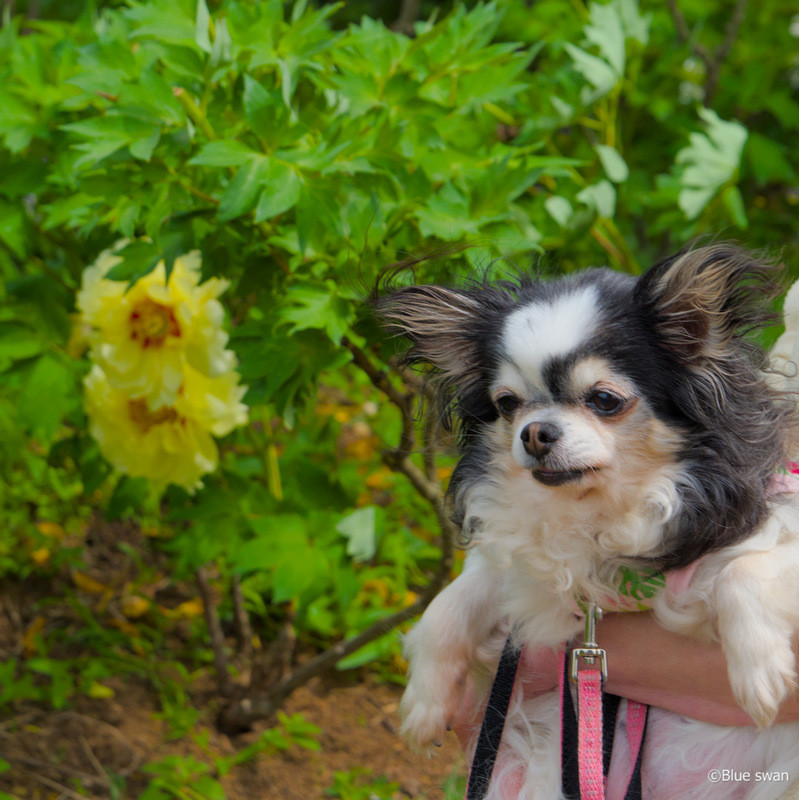
⑮ These are peonies called
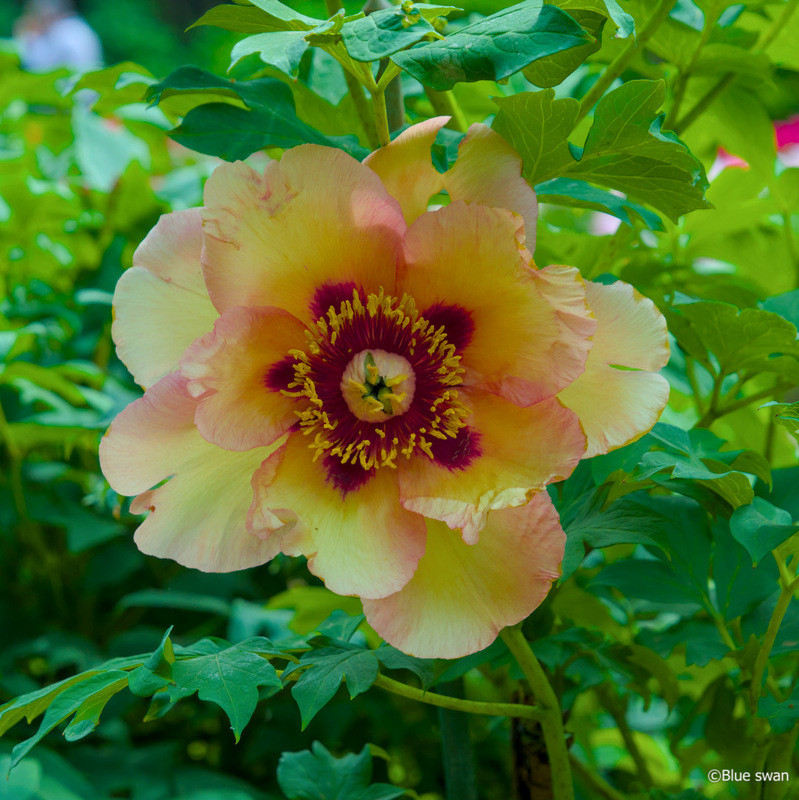
⑯ These are peonies called

⑰ These are
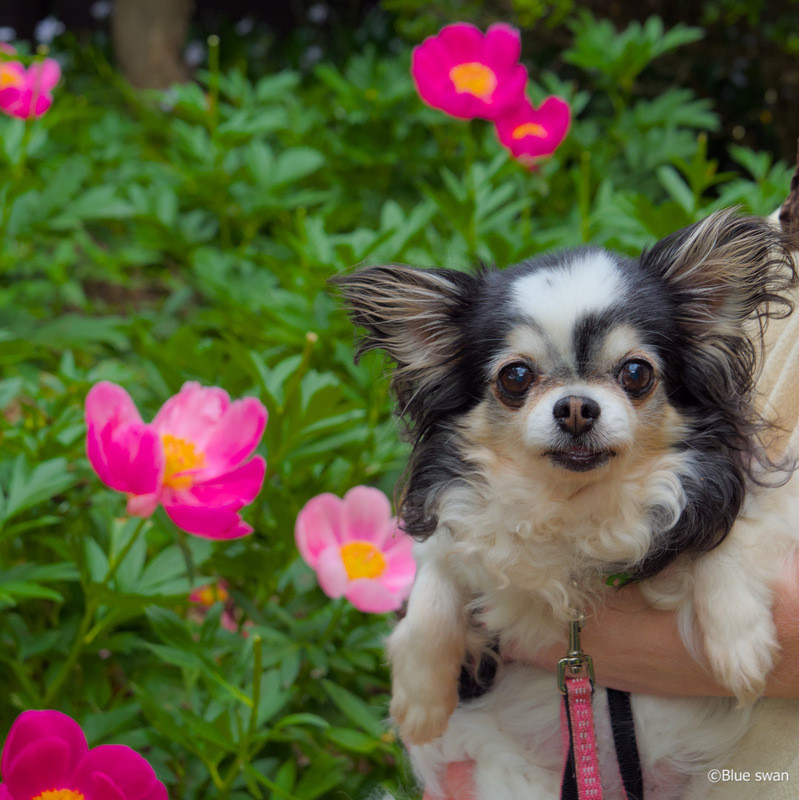
⑱ These are
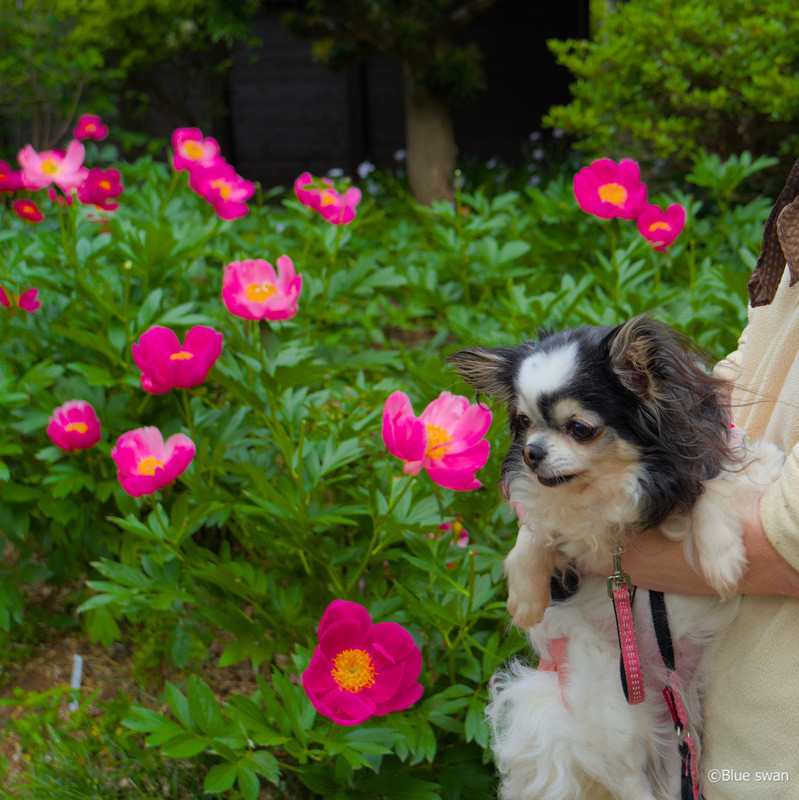
⑲ These are
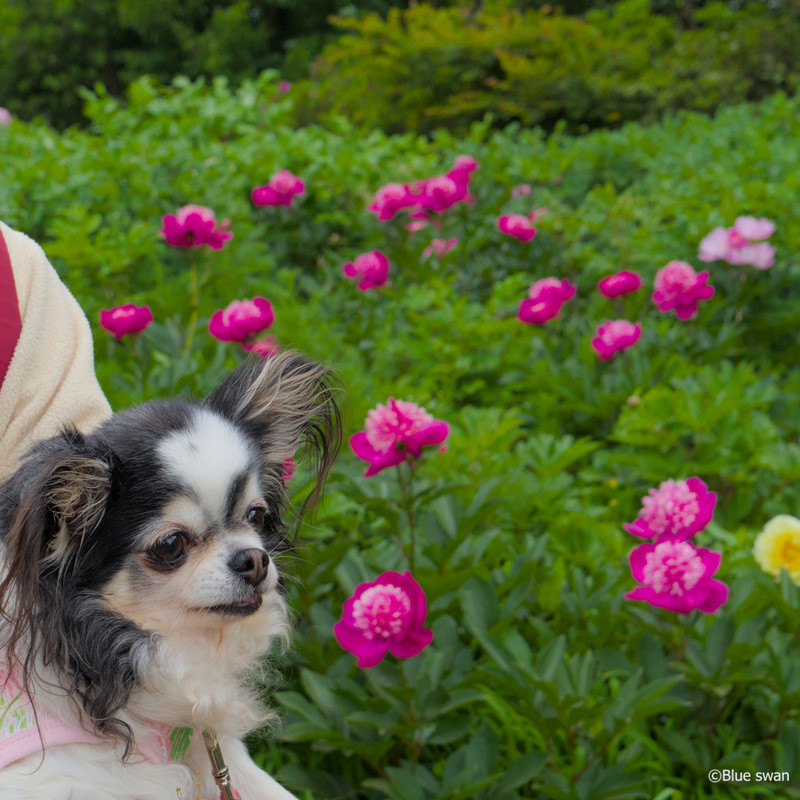
⑳ These are
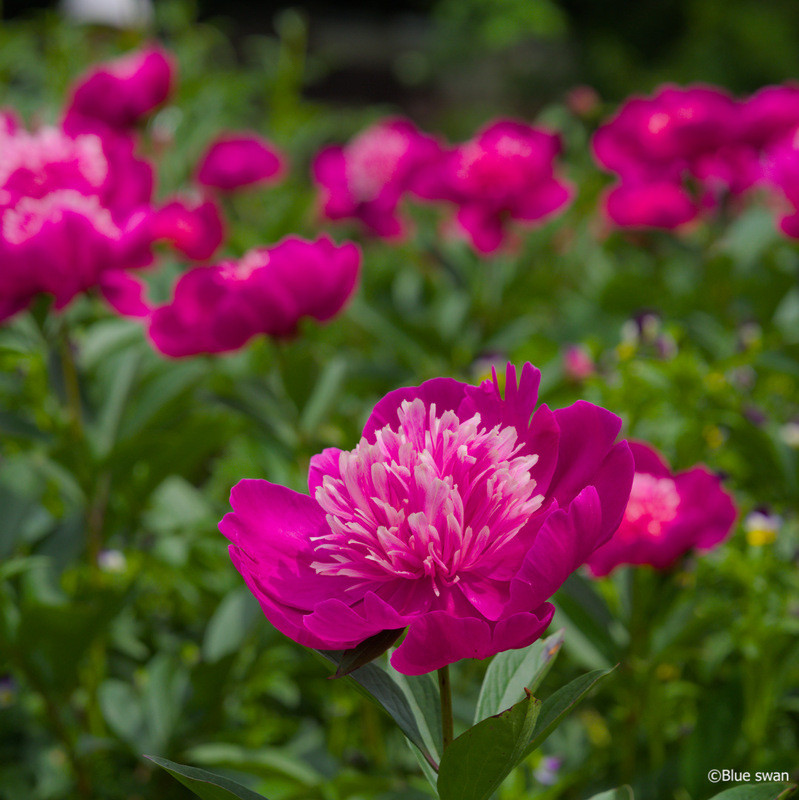
㉑ These are
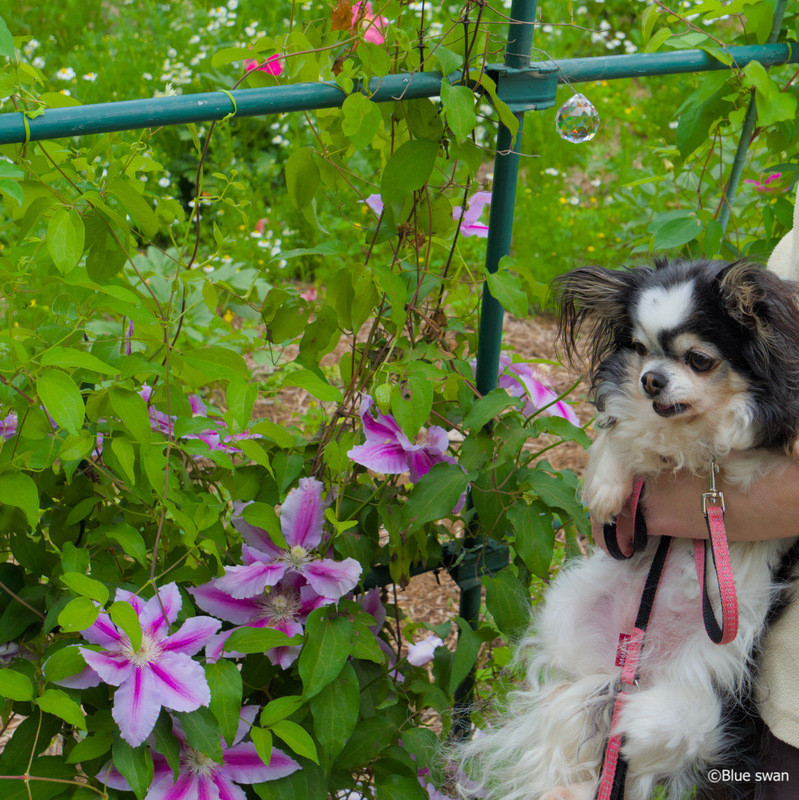
㉒ These are clematis.
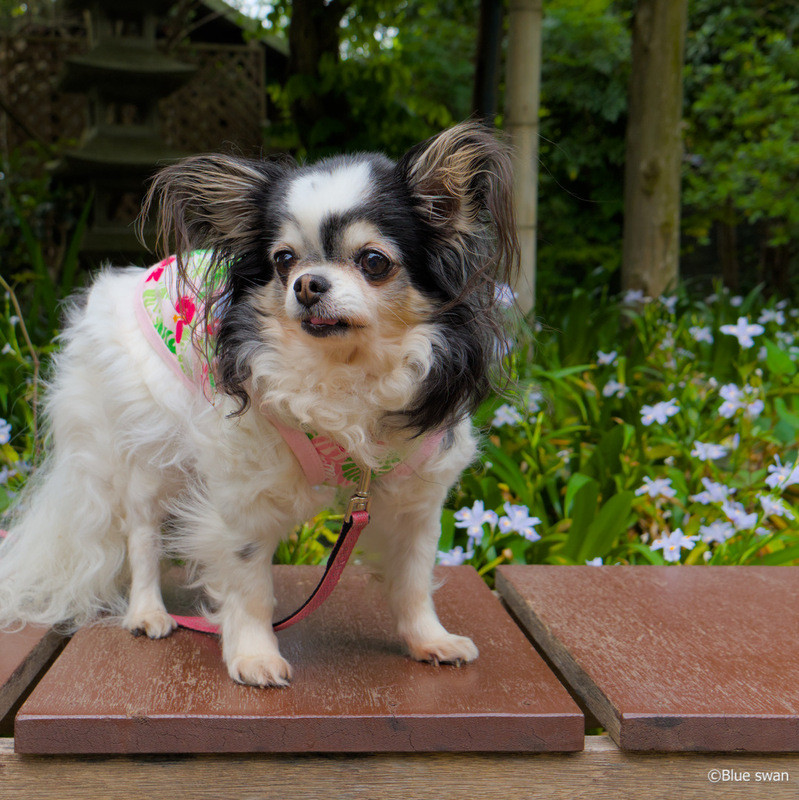
㉓ I'm resting on a bench. You can see
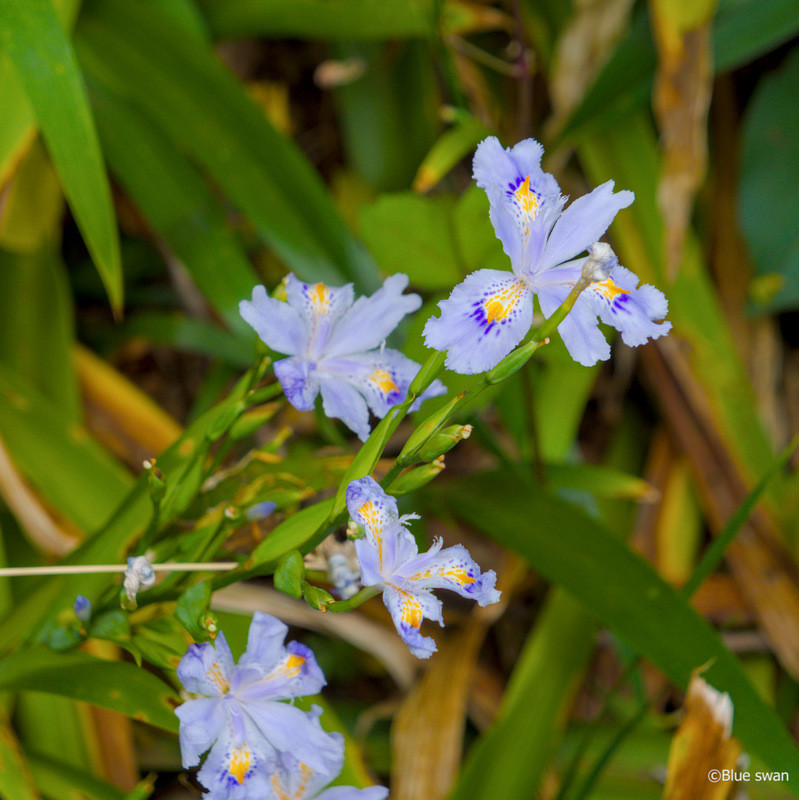
㉔ These are
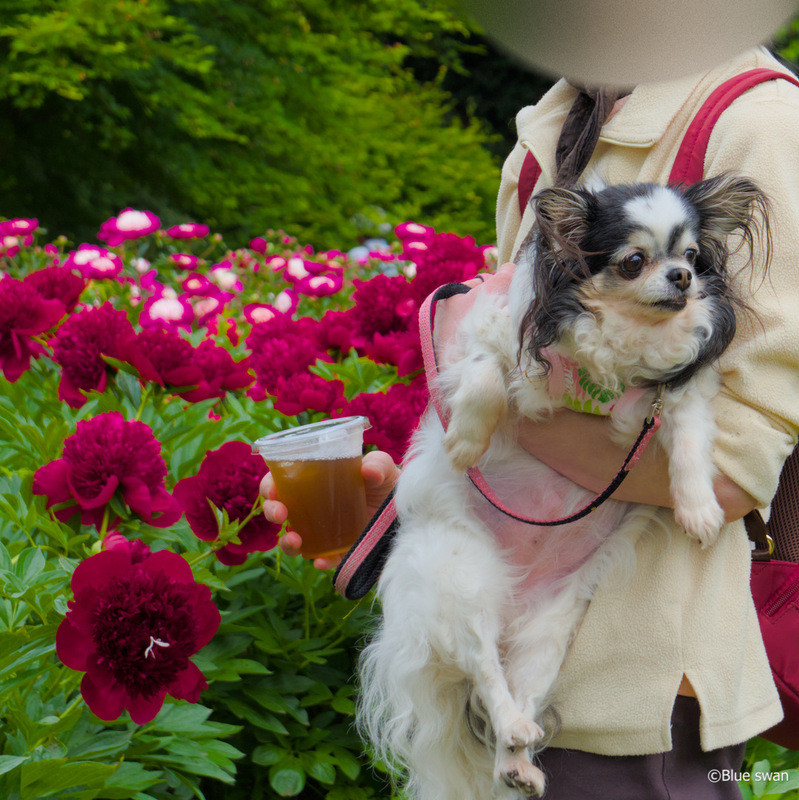
㉕ These are
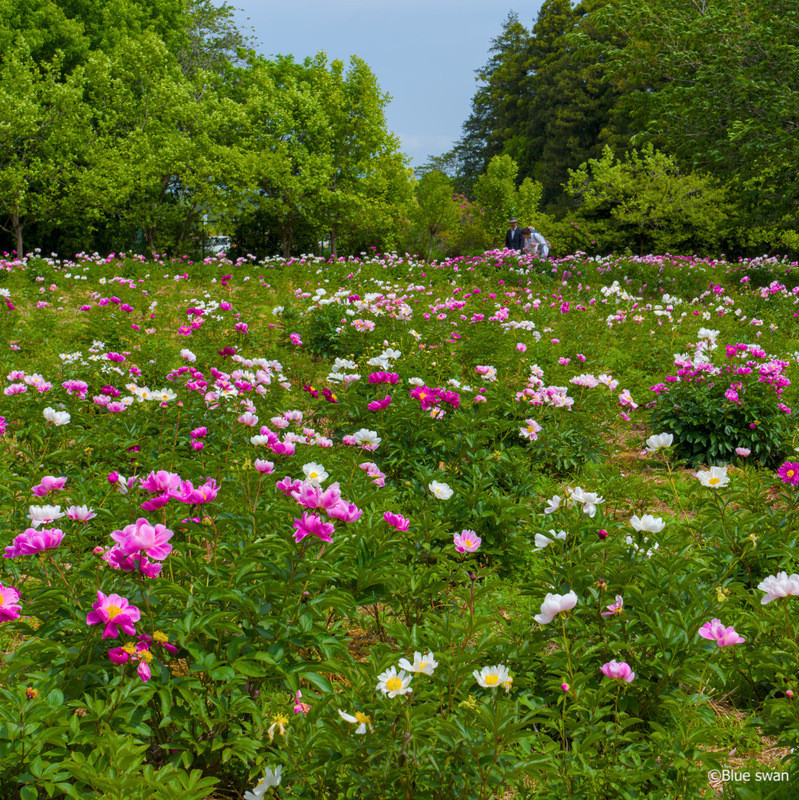
㉖ There are shakuyaku fields in front of the exit.

㉗ I’d like to have a sip of shakuyaku tea, too. Shakuyaku tea is said to be effective in relieving pain, spasms, and muscle stiffness.
May is Syakuyaku season.
The only peonies blooming in May are green “Marimo”, yellow “Yellow Crown”, and orange “Tribute”. Therefore, I chose the title “Shakuyaku in Tsukuba Peony Garden ''. To see peonies, you need to come here in April.
Tribute is a variety that was brought back to life in Tsukuba Peony Garden about 20 years ago when it was on the verge of withering in the garden of the late Dr. Hashida, former president of the Japan Peony Association, and is said to be original to Tsukuba Peony Garden.
In this garden, there are several trees with an unusual name, “Nanjamonja''. In addition to "Nanjamonja", the tree has another name "Hitotsubatago" (Ichiyo Tago, Chinese fringetree, Chionanthus retusus Lindl. et Paxton).
When Dad looked into it, he found that “Nanjamonja” often refers to “Hitotsubatago”. Yet, according to Wikipedia, Nanjamonja isn’t the species name of a specific plant, but could be a nickname given by local people to an unfamiliar, splendid plant, strange tree, or rare tree that grows in a specific place. Wikipedia also says that Nanjamonja may refer to Japanese elm, Inu-zakura (Prunus buergeriana), or linden (Tilia miqueliana). Nanjamonja also has a nickname, “Anyamonya”.
There is also a theory that Mito Komon (common name of Mito Mitsukuni, the second lord of the Mito domain), who was passing by the sacred tree, asked, “What is this tree?'' (Kono ki ha nanja?). The locals didn’t know its name, ans were at a loss for an answer, so they replied, “Nanjamonja (which means I wonder what it is).'' Consequently, a theory spread that the name of the tree was Nanjamonja (´艸`).
Wow, it's a funny story, isn’t it?

① We’ve arrived at Tsukuba Peony Garden.

② These are
Japanese Doll
(left) andRed Charm
(right).
③ These are
Shirayuki
.
④ We’ll proceed towards the pond.

⑤ These are shakuyaku without name tags, so I don't know their names.

⑥ Several rafts filled with peonies are floating on the pond.

⑦ A ceramic house is on display.

⑧ This tree is called
Nanjamonja
.
⑨ This tree is
Hitotsubatago
.
⑩ This tree has a name tag that says
Hitotsubatago
.
⑪ These are
Princess Margaret
.
⑫ These are
Velvet Queen
.
⑬ These are
Yellow Crown
andVelvet Queen
.
⑭ These are
Yellow Crown.
.
⑮ These are peonies called
Yellow Crown
.
⑯ These are peonies called
Tribute
.
⑰ These are
Scarlett Ohara
.
⑱ These are
Scarlett Ohara
.
⑲ These are
Scarlett Ohara
.
⑳ These are
Beninichirin
.
㉑ These are
Beninichirin
.
㉒ These are clematis.

㉓ I'm resting on a bench. You can see
Shaga
(Iris japonica, Phalaenopsis) in the background.
㉔ These are
Shaga
.
㉕ These are
Red Charm
. Mom bought shakuyaku tea at the tea shop in the garden.
㉖ There are shakuyaku fields in front of the exit.

㉗ I’d like to have a sip of shakuyaku tea, too. Shakuyaku tea is said to be effective in relieving pain, spasms, and muscle stiffness.
